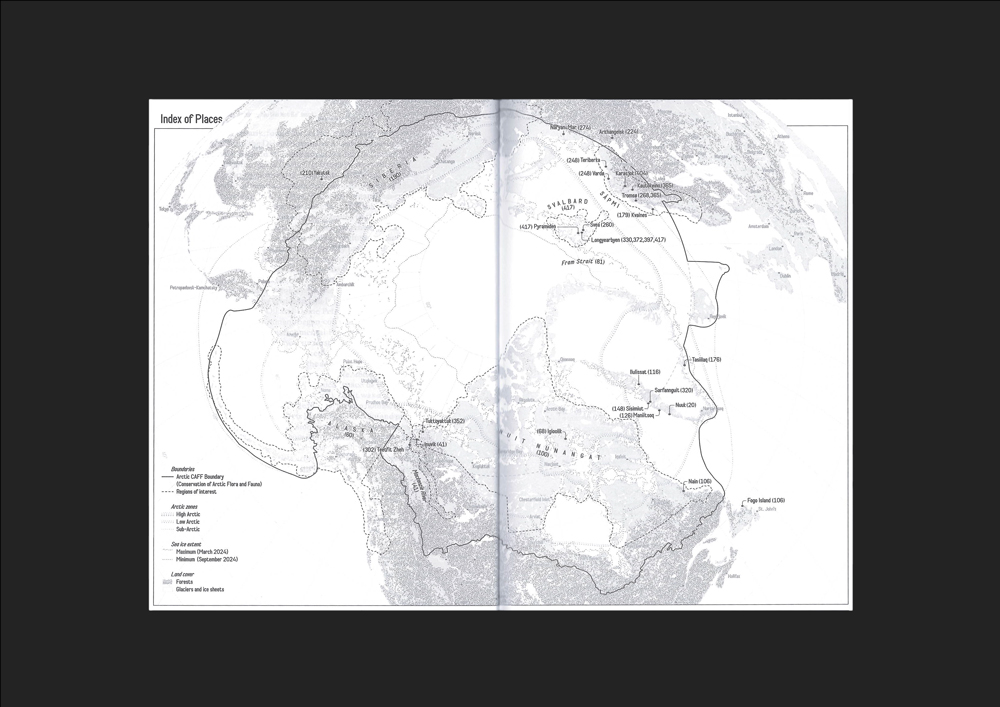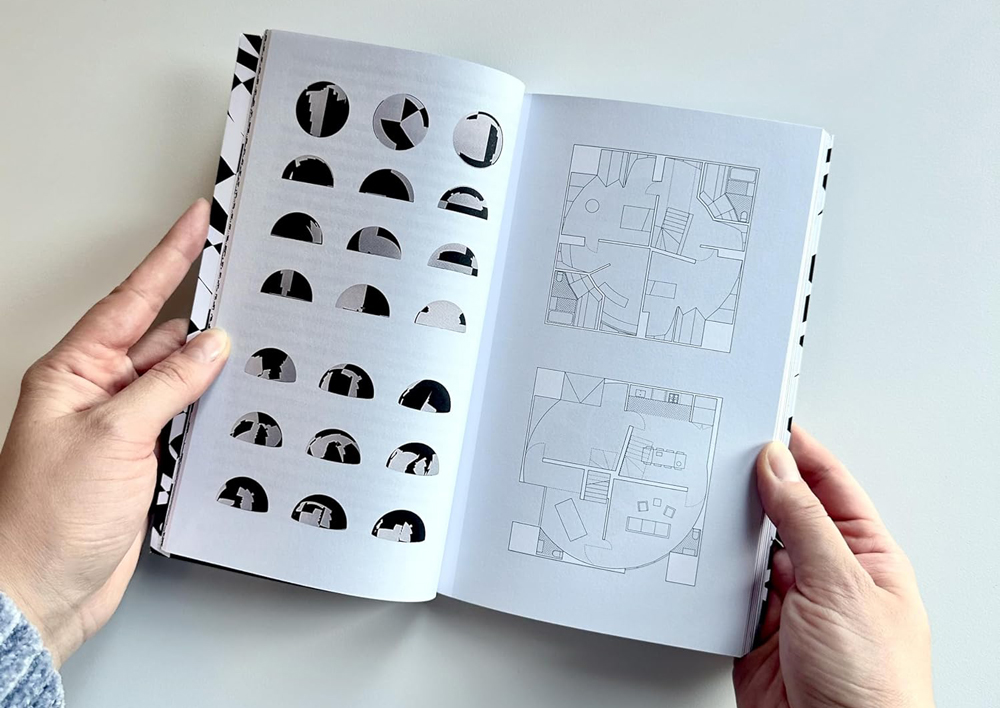Whether you plan to read in the summer sunshine or an air-conditioned lounge, these recent books by Harvard Graduate School of Design (GSD) faculty and alumni conjure environments from the semi-arid Mezquital Valley to the frozen Arctic tundra.

Arctic Practices: Design for a Changing World (Actar, 2025), edited by GSD lecturer in landscape architecture Bert De Jonghe (MDes ’21, DDes ’25) and Elise Misao Hunchuck, confronts two issues critical for Arctic lands: the climate crisis and the need for anticolonial reconciliation. Gathering texts by authors in the fields of design, education, and the arts, the collection offers diverse perspectives on current and future design interventions, all grounded within the Arctic’s distinct environmental and historical context.
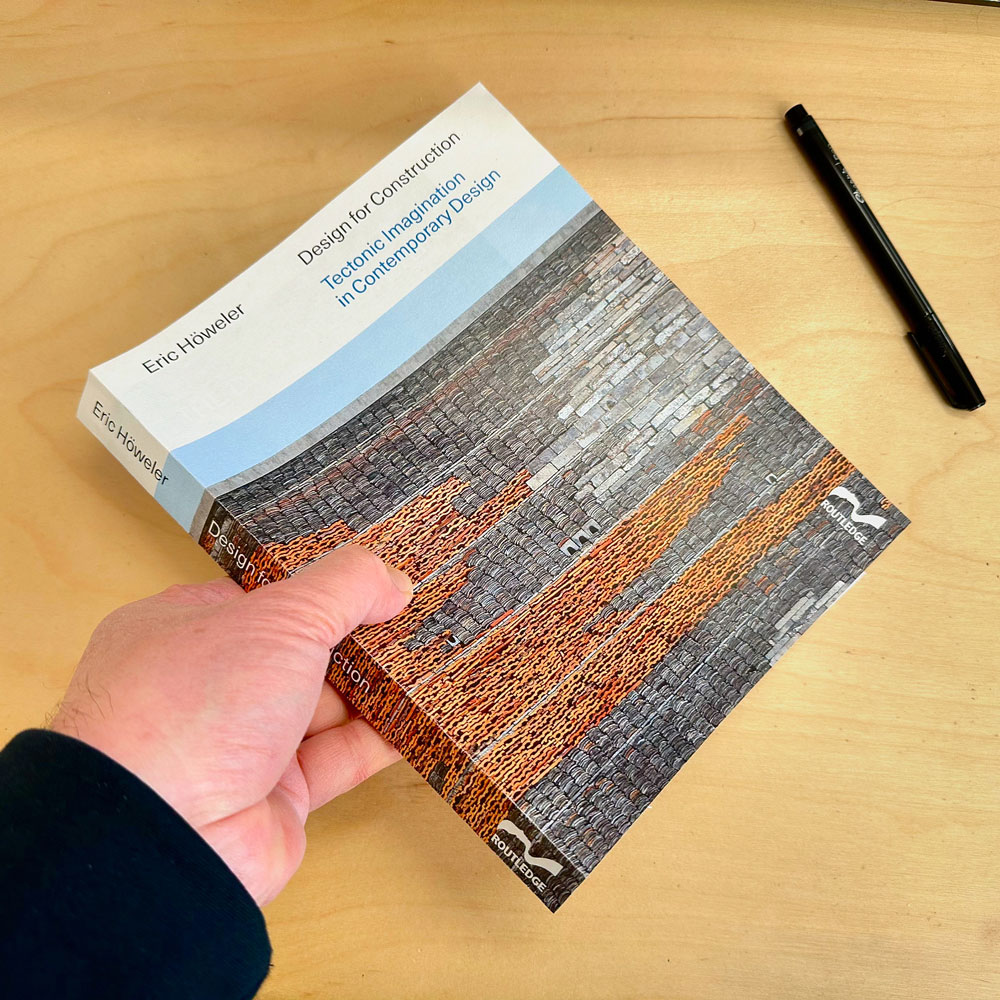
Design for Construction: Tectonic Imagination in Contemporary Architecture (Routledge, 2025), by Eric Höweler, professor of architecture and director of the Master of Architecture I program, bridges conceptual thinking and practical building techniques. The book delves into topics such as materials research and construction sequencing, dissecting projects by leading practitioners (including GSD-affiliates Barkow Leibinger, Johnston Marklee, MASS Design, NADAA, and others) as illustrative examples. As the discipline contends with its ecological and social impacts, re-engaging with design and building offers an opportunity for architects to assert agency while working toward a better future.
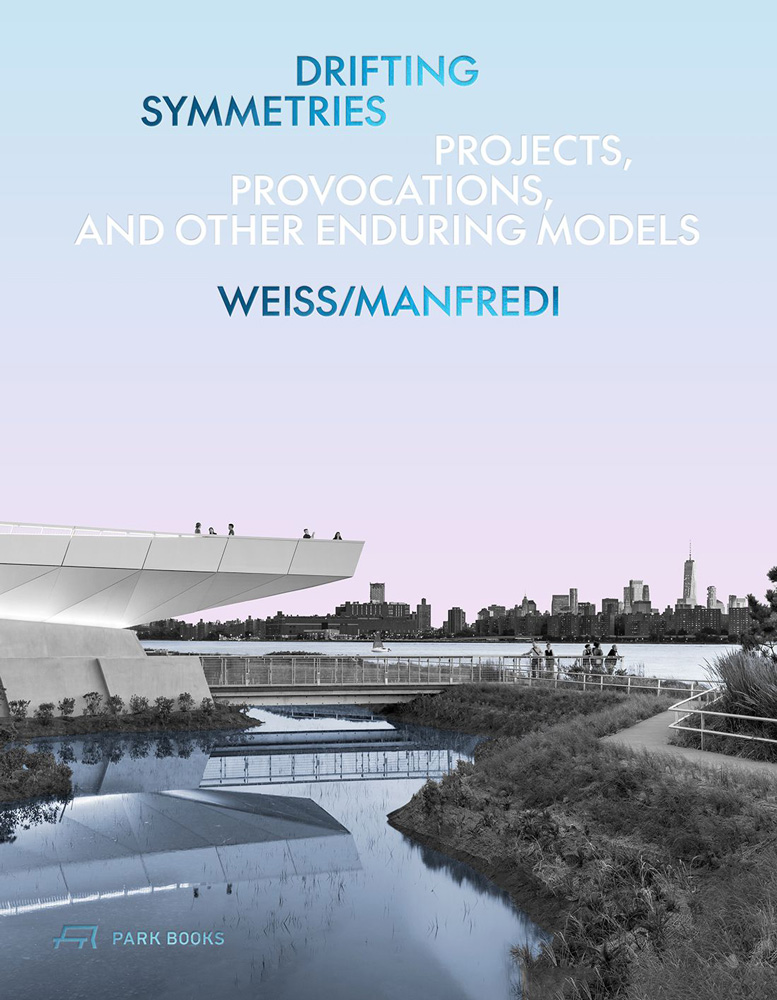
Drifting Symmetries: Projects, Provocations, and Other Enduring Models (Park Books, 2025), by Marion Weiss and Michael Manfredi, design critic in urban planning and design, features projects by the New York City–based architecture practice Weiss/Manfredi. Alongside the firm’s work—which is characterized by a multidisciplinary approach that melds architecture, landscape, and infrastructure—the book presents commentary from leading architects such as Dean and Josep Lluís Sert Professor of Architecture Sarah Whiting, John T. Dunlop Professor in Housing and Urbanization Rahul Mehrota, Hashim Sarkis (MArch ’89, PhD ’95), Nader Tehrani (MAUD ’91), and Meejin Yoon (MAUD ’97), among others.
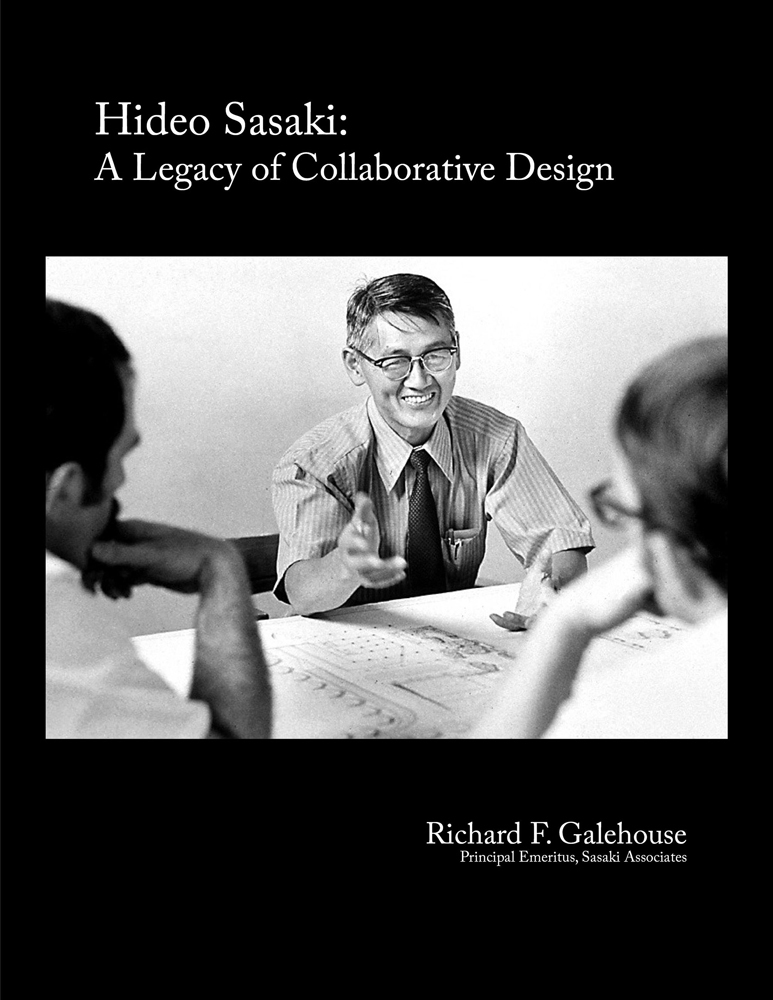
With the recent publication Hideo Sasaki: A Legacy of Collaborative Design, author Richard Galehouse (MCP ’61)—first Sasaki’s student at the GSD and later his business partner—traces the early development of Sasaki’s professional practice in the 1960s and 1970s. Through selected case studies Galehouse illustrates the legacy of design collaboration that Sasaki endowed to his professional practice—Sasaki —as it lives on today. In a distinguishing feature of the book, Sasaki speaks directly to the reader through excerpts from an interview conducted five years after his retirement.
All book proceeds support the Hideo Sasaki Foundation’s mission of equity in design.
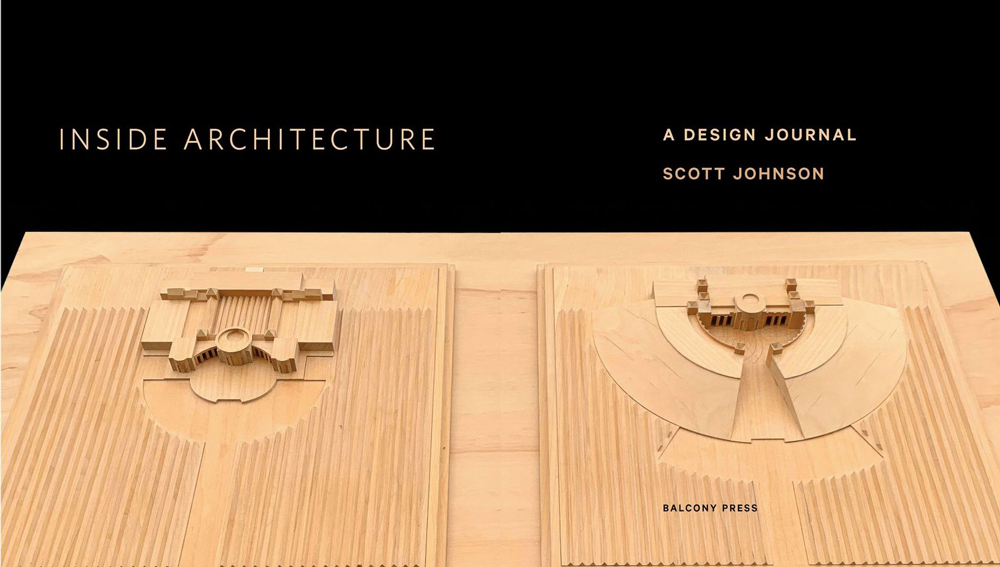
Inside Architecture: A Design Journal (Balcony Press, 2025) by Scott Johnson (MArch ’75), FAIA, is structured as a personal and professional retrospective, offering a glimpse into the creative process of one of Los Angeles’s most accomplished architects. Combining candid narrative (including thoughts on his student years at the GSD), project case studies, and design commentary, Johnson reflects on the buildings, cities, and ideas that have shaped his decades-long career as the design partner and cofounder of the firm Johnson Fain.
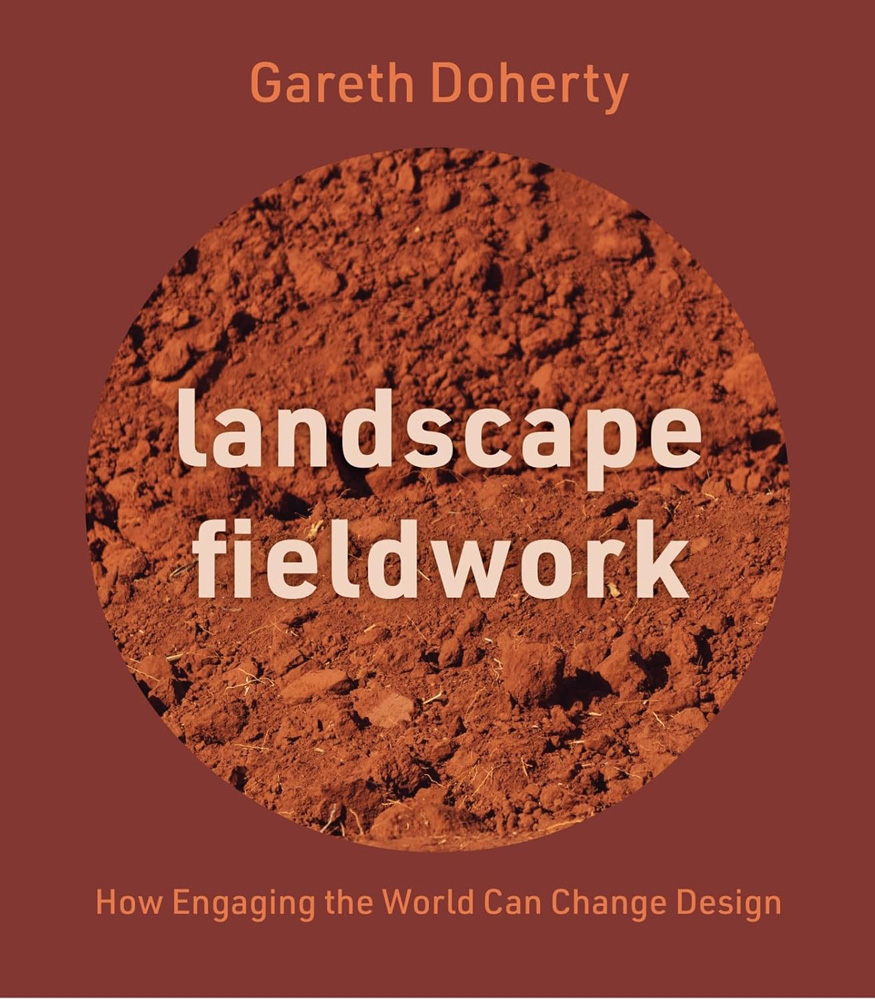
Gareth Doherty (DDes ’10), associate professor of landscape architecture and affiliate of the Department of African and African American Studies, recently published Landscape Fieldwork: How Engaging the World Can Change Design (University of Virginia Press, 2025). This book challenges the discipline’s long-standing focus on the Global North and its current reliance on digital and technological solutions, offering tools for practitioners to engage more deeply with multidimensional, diverse landscapes and the communities that create, live in, and use them.
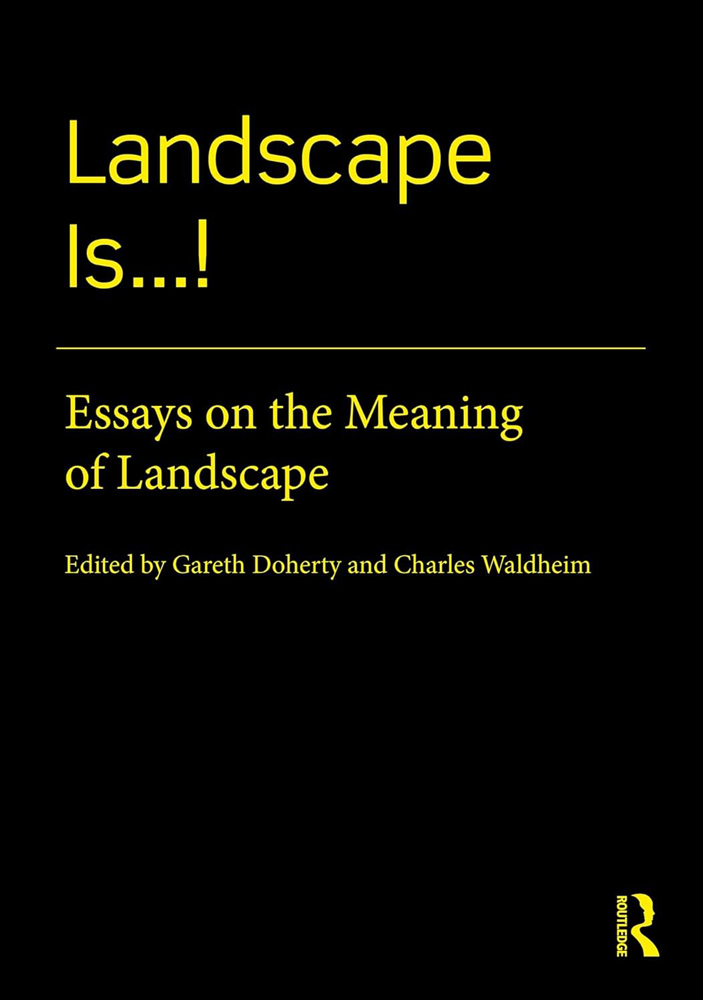
Landscape Is . . . !: Essays on the Meaning of Landscape (Routledge, 2025) explores various meanings of landscape as a discipline, profession, and medium. Edited by Gareth Doherty (DDes ’10), associate professor of landscape architecture and affiliate of the Department of African and African American Studies; and Charles Waldheim, John E. Irving Professor of Landscape Architecture and co-director of the Master in Design Studies program, this collection is a companion volume to Is Landscape…?: Essays on the Identity of Landscape , released in 2016.
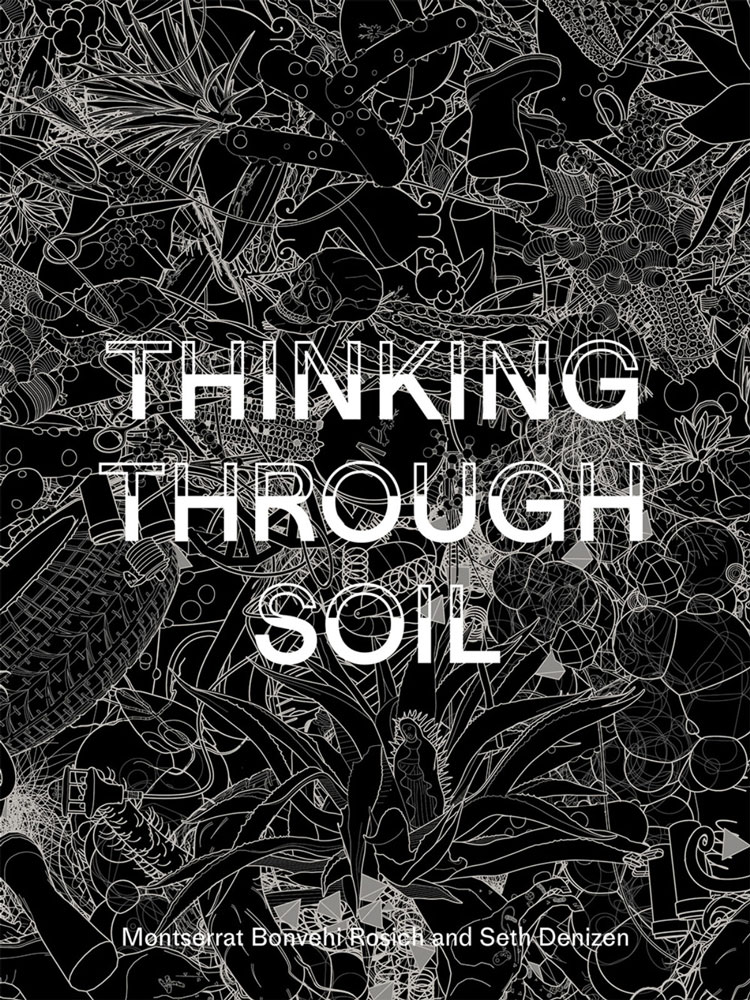
Thinking Through Soil: Wastewater Agriculture in the Mezquital Valley (Harvard Design Press, 2025), by former Dan Urban Kiley fellows Monserrat Bonvehi Rosich (2017–2018) and Seth Denizen (2019–2021), offers an analysis of the world’s largest wastewater agricultural system, located in the Mexico City–Mezquital hydrological region, to envision an improved future environment in central Mexico. This case study presents soil as an everchanging entity that is critical for the health of the planet and all its inhabitants.
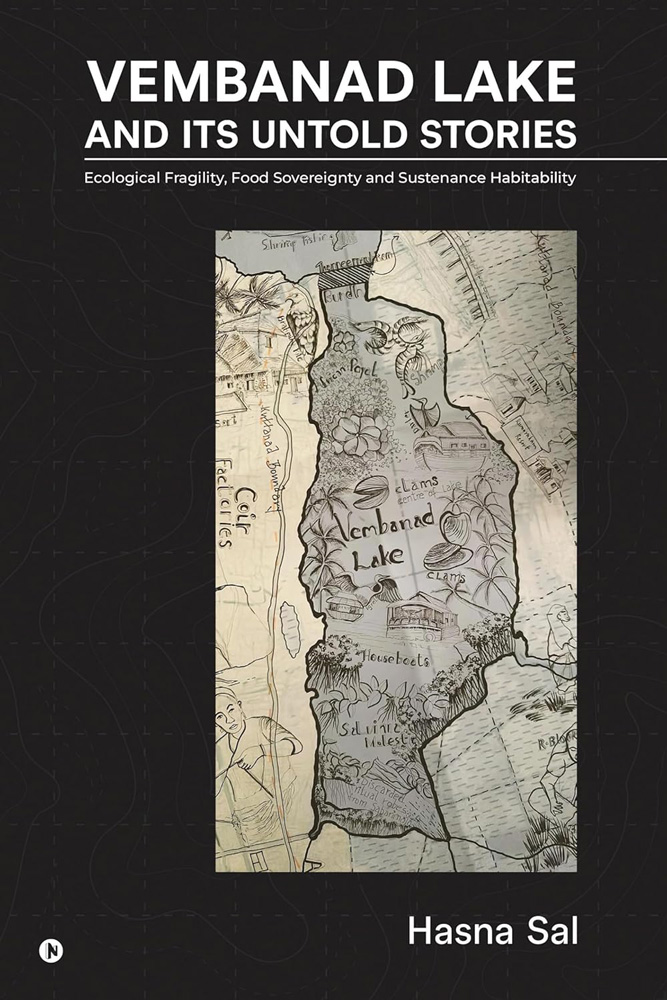
Vembanad Lake and Its Untold Stories: Ecological Fragility, Food Sovereignty, and Sustenance Habitability (Notion Press, 2025), by Hasna Sal (MDes ’25), interrogates the historical evolution, ecological challenges, and socio-economic transformations of Vembanad Lake—the longest lake in India, and the largest in the state of Kerala—over the past century. Integrating cartographic and diagrammatic analysis with oral histories by fisherman, oceanographers, and more, the book advocates for a transdisciplinary framework that values localized, experiential knowledge as essential for designing inclusive conservation strategies that support environmental stewardship and social justice.
